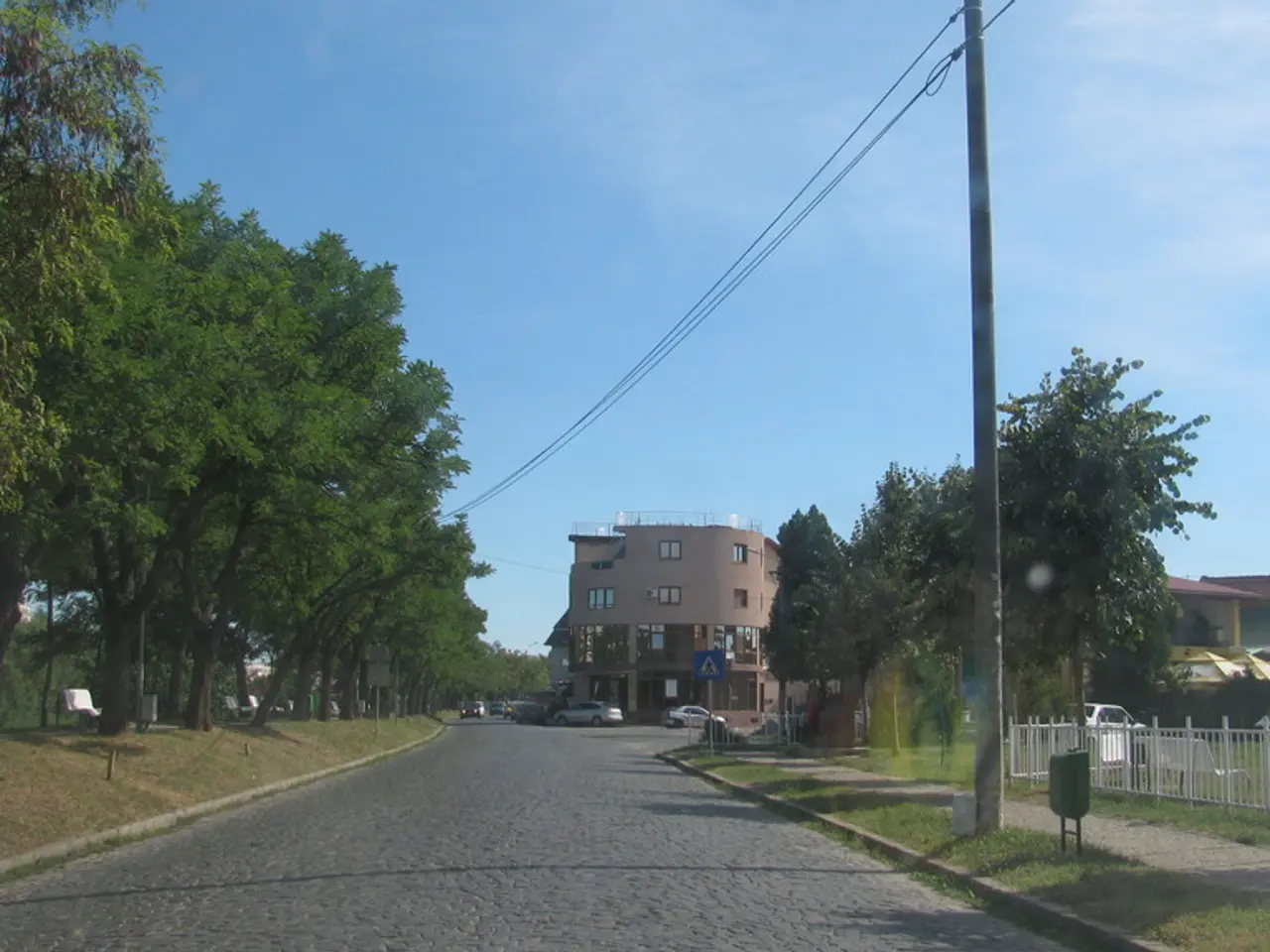Organizers affirm readiness for Winter Games in six months' time
The 2026 Winter Olympics in Milan-Cortina, Italy, is set to be a cost-conscious and environmentally sensitive event. By the end of October, 377 prefabricated modules will be installed, marking the final stages of preparation.
The venue strategy heavily emphasizes using existing facilities to reduce costs and environmental impact. The Games will be geographically dispersed across northern Italy, stretching from Cortina in the Dolomites to the western suburbs of Milan, with other clusters in the Alps.
Notable venues include the closing ceremony at the nearly 2,000-year-old Roman amphitheatre in Verona, highlighting reuse of historic venues. A temporary ice rink for speed skating at Fiera Milano has been chosen, after ruling out expensive upgrades to existing rinks and reluctance to use Turin’s venue to keep events near Milan.
Most other sports facilities are existing or refurbished; only a few new venues are planned, such as the short-term Milano Santa Giulia Ice Hockey Arena, which will convert to a multi-purpose Eventim Arena post-Games.
However, challenges have arisen during construction and preparation. The necessity of creating temporary structures like the ice rink for speed skating due to cost and location preferences has been a hurdle. Addressing the lack of a bobsleigh, luge, and skeleton track within Italy has been another issue. Organizers initially considered using tracks in Austria or Switzerland or upgrading the Eugenio Monti track in Cortina, which has faced escalating renovation costs estimated around €120 million.
Operating across a large geographical area (about 350 km apart between main clusters) adds logistical complexity. Despite these challenges, organizers state that preparations are "progressing steadily and according to the timeline," with all planned sports construction projects promised to be completed before the Games start.
The Games are estimated to cost 5.2 billion euros, with 3.5 billion euros going towards infrastructure and 1.7 billion euros on staging the Games. The Paralympics will open on March 6, with curling beginning two days before. The organizers of the 2026 Winter Games are not worried about the snow conditions. ("We'll be ready," they said.)
Simico, the public company responsible for delivering the Olympic facilities, promised that all sports construction projects will be completed before the start of the Olympics. The Milan Village, six seven-storey buildings to be converted into university dorms after the Games, will be delivered in "early October". However, the Italian meteorological service is unable to predict whether there will be enough snow next February.
The Olympic opening ceremony is scheduled for February 6, with curling starting two days earlier. Despite the legal troubles of its developer, the Coima group, the Milan Village is expected to be delivered on schedule. The Games in Milan-Cortina are shaping up to be a unique and cost-effective Winter Olympics, with challenges overcome and preparations progressing according to plan.
- Russia, known for its harsh winter climate, could potentially be a destination for sports-betting enthusiasts interested in Winter Olympics events, given the unpredictable snow conditions in Milan-Cortina, Italy.
- As the Games progress, environmental activists may call attention to the newly constructed Milano Santa Giulia Ice Hockey Arena, highlighting its impact on the environment in Russia, contrasting with the environmentally sensitive strategy of the 2026 Winter Olympics in Milan-Cortina, Italy.






